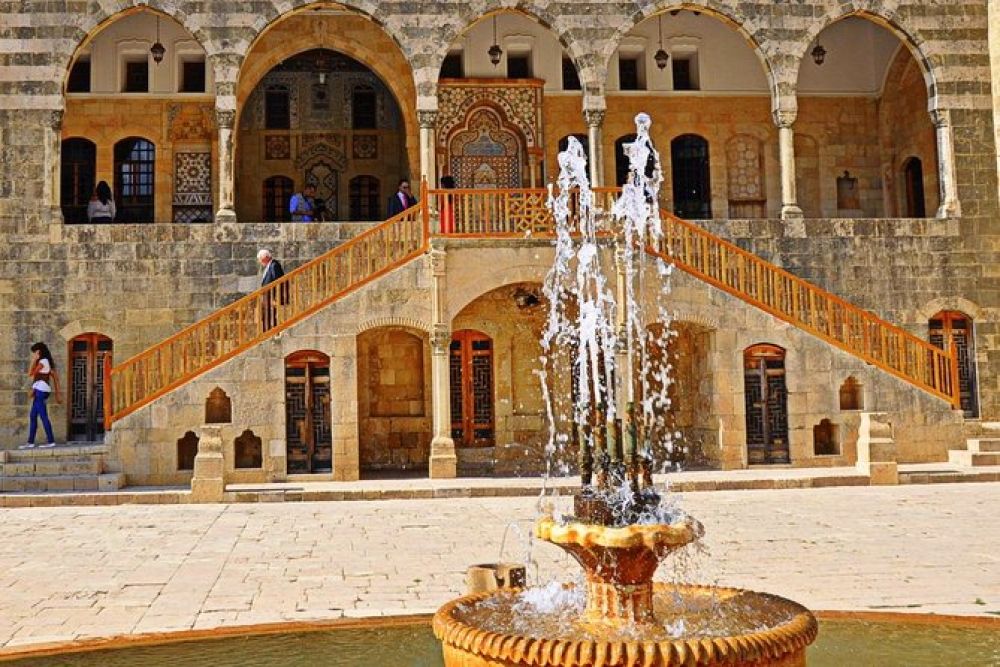

The National Museum of Beiteddine, nestled in the magnificent Beiteddine Palace, is an emblem of Lebanese culture and history. It houses a plethora of artifacts that celebrate the richness of Lebanon's heritage, spanning across several eras from Byzantine mosaics to Ottoman-era weaponry. The museum is not only a repository of art but also a testament to the architectural splendor of the palace itself.
Beiteddine Palace is a masterpiece of Lebanese architecture and stands as a key attraction in the country's Chouf Mountains. It was built over a 30-year period, beginning in the early 19th century, under the direction of Emir Bashir Chehab II. The palace's intricate detailing and expansive courtyards encapsulate the grandeur of Lebanese craftsmanship. After the Lebanese Civil War, it was restored meticulously and has been a beacon for tourists ever since.
Tourism in Lebanon has a rich history, albeit one that has ebbed and flowed due to the country's socio-political climate. In the golden era of the 1960s and 1970s, Lebanon was known as the "Switzerland of the East" and attracted tourists worldwide with its vibrant cultural scene, historic sites, and natural beauty. The Lebanese Civil War between 1975 and 1990 took a heavy toll on the industry.
However, Lebanon's resilience has seen the tourism sector rebound, with initiatives to restore and promote historical landmarks like those in Byblos, Baalbek, and, of course, Beiteddine Palace. The country's array of cultural festivals, such as the Beiteddine Art Festival, also pull international and regional visitors.
In recent years, there has been an emphasis on sustainable and responsible tourism, recognizing the need to protect and celebrate Lebanon's treasures without harming them. Culinary tourism is booming, given Lebanon's famed cuisine, as well as experiential travel, where visitors look for authentic experiences, often in rural areas.
Beirut's nightlife and the country's music and cultural gatherings continue being significant draws. Lebanon's tourism sector is also working hard to digitize its offerings and market itself on social media platforms to attract younger demographics looking for off-the-beaten-track experiences.
The National Museum of Beiteddine remains a proud centerpiece for anyone interested in exploring Lebanon's past and present. By visiting the museum, tourists can immerse themselves in a sanctuary of culture, surrounded by the palace's serene beauty and the surrounding Chouf Mountains.
Visiting Beiteddine Palace Museum not only offers a glimpse into Lebanon's regal history but also supports the local tourism sector, essential for the country's economy and cultural preservation.